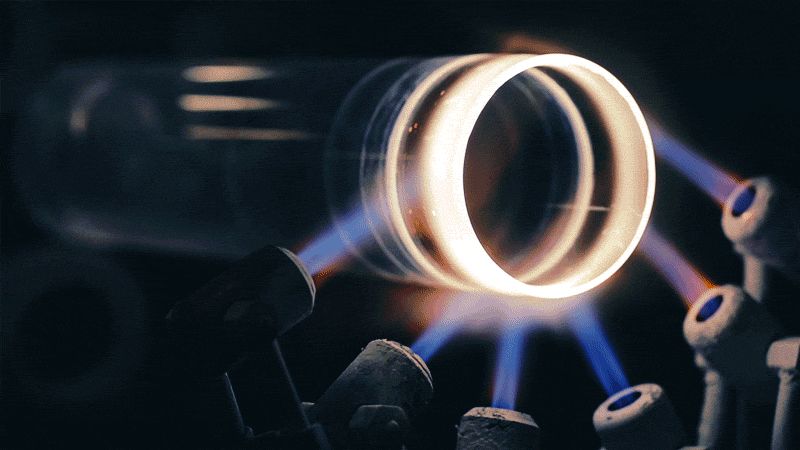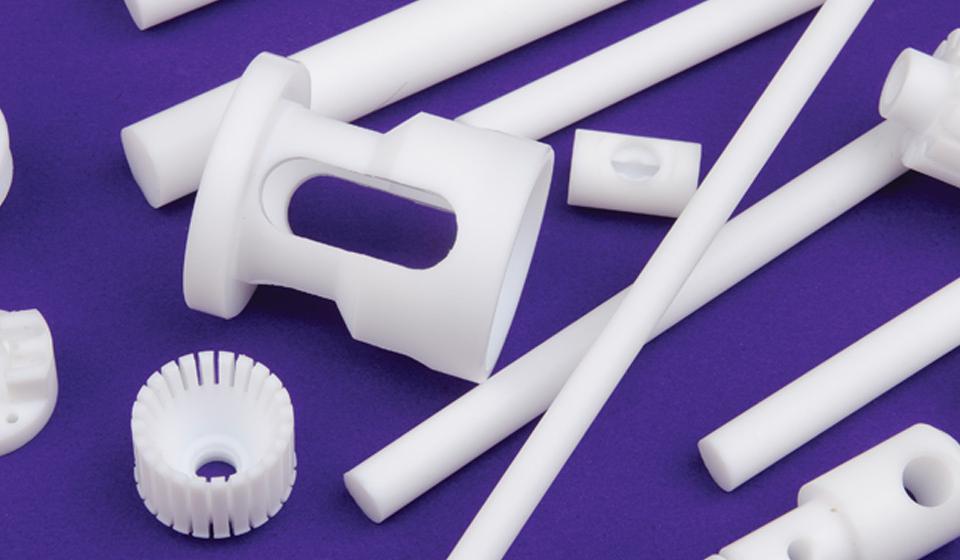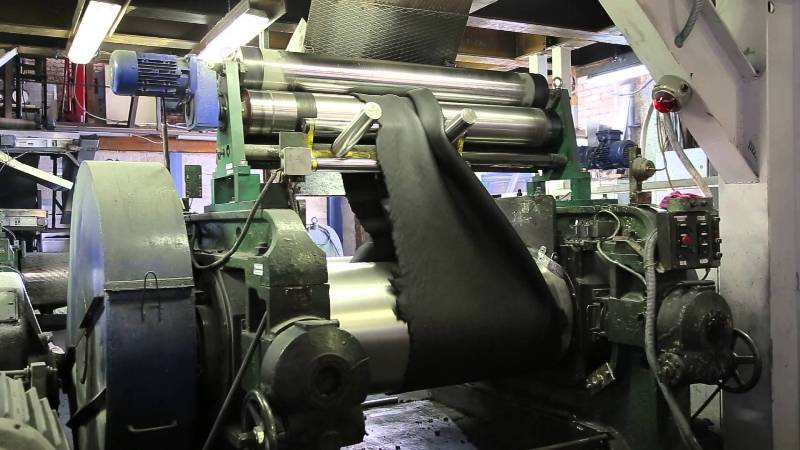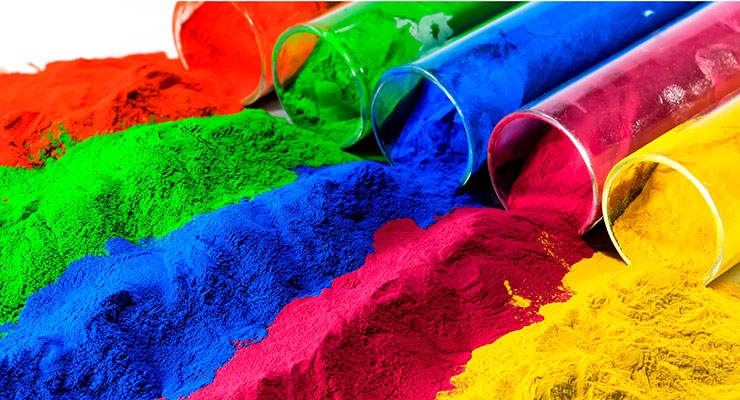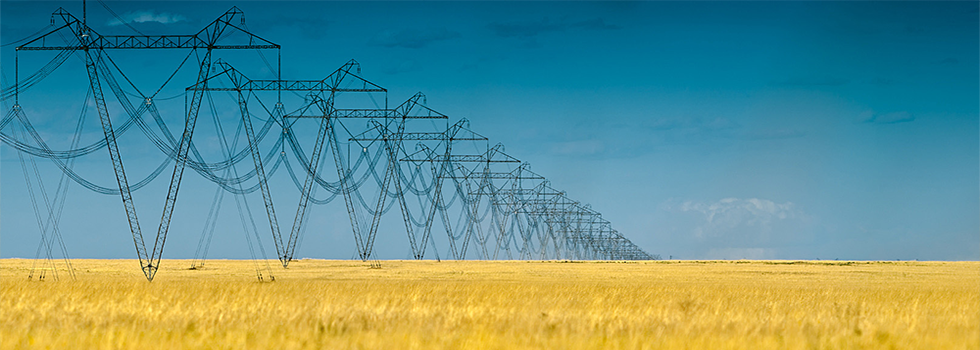Observation glass made of quartz is extensively used in the industry. Klinger’s glass is easier to buy having familiarized yourself with the characteristics below.
Glasses are subdivided:
1. By composition and manufacturing method:
- Type A – nontoughened made of sheet glass
- Type B – toughened made of sheet glass
- Type V – toughened made of heat-resistant glass
- Type G – made of quartz glass
2. In a shape:
- Round (types A, B, V, G)
- Rectangular (type A).
3. Operating temperature range:
- Type А-50 +70°С, heat resistance – 40°С
- Type B-40 +200°C (for acidic medium), +100°C (for alkaline medium), heat resistance – 140°C
- Type V-40 +300°C (for acid medium), +110°C (for alkaline medium), heat resistance – 230°C
- Type G-40 +1200°C (for acidic medium), -100 +20°C (for alkaline medium)
4. Operating pressure, MPa (kgf/cm2):
- Type A Type B 0,6 (6)
- Type B for diameters 80, 100 – 2,5 (25) 115, 150 – 1,6 (16) 200 – 0,8 (8)
5. Test pressure, MPa (kgf/cm2):
- Type B all diameters – 1,5 (15)
- Type B for diameters 80, 100 – 6.2 (62) 115, 150 – 4,0 (40) 200 – 2,0 (20)
Quartz glass
Manufacture of single-component glass is carried out by melting of silica rocks: gangue quartz, crystal or quartz sand. It is extensively used while glazing plants, factories, boiler rooms – wherever high heat resistance is needed. In a standard way, round glasses are manufactured in diameter from 10 to 200 mm and from 3 to 20 mm thick. The technical quality is also affected by the glass surface quality class and the type of its throughput efficiency. Observation glass is divided into several types, depending on the composition and manufacturing features.
Basic requirements to the observation glasses:
- Under the influence of the test pressure, the observation glass should not begin to fracture for at least 5 minutes.
- Not above 5 mm deviation from the parallelism of the glass planes is permitted.
- The usage of only colorless glasses for observation windows is permitted. Blue, yellowish or greenish tinge is permitted only if it does not reduce the coefficient of directional light transmittance.

